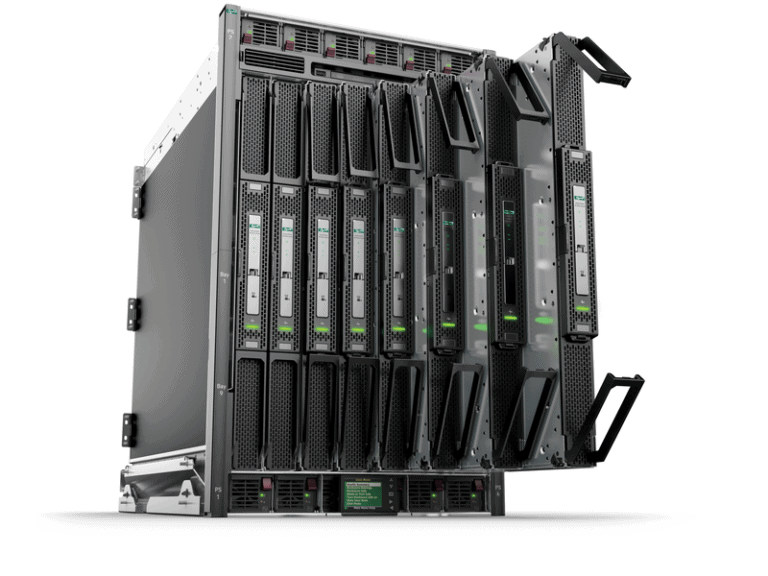In 2021, the last Itanium chip rolls off the conveyor belt. The processors, once announced as the future of computing, never realised their potential. 20 years after the launch of the Itanium architecture, the story is now coming to an end.
It’s all hands on deck for HPE: the server giant has until 30 January 2020 to order new Itanium processors from Intel. This is the deadline for ordering server chips, which today are only used in the manufacturer’s Integrity Superdome products. Mid 2021, the last Itanium 9700 Kitson CPU will roll off the belt, after which Intel will close the fabs.
Itanium, based on the promising but overly complex IA-64 architecture, never reached its hyped potential. The chip family had to be extremely good at parallel computing at its launch in 2001, and was the killed successor of IA-32. An inherent design problem and compatibility issues ensured that Itanium never reached its goal.
Delayed death
The production of the chips costs Intel and HPE a lot of money. The latter paid Intel to further develop Itanium, presumably in order to keep promises to customers and avoid a costly lawsuit. This cooperation is now coming to an end. HPE Integrity Superdome servers are supported until at least 2025, and possibly longer if HPE stores enough stock and decides to continue supporting its own HP-UX 11i v3 operating system.
The impact of the end of Itanium on the server market will be minimal, but from a historical perspective, a piece of ambitious processor history will die in 2021.
Related: Intel Itanium dies: what we lose
This news article was automatically translated from Dutch to give Techzine.eu a head start. All news articles after September 1, 2019 are written in native English and NOT translated. All our background stories are written in native English as well. For more information read our launch article.